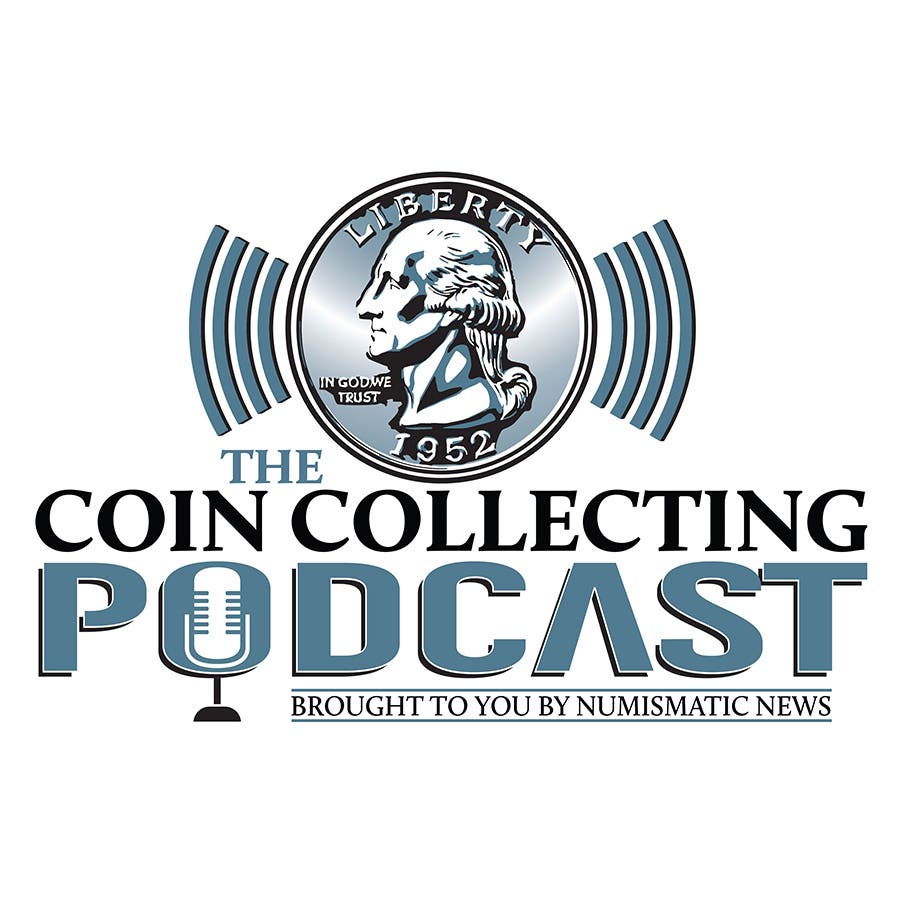What Does That Mean?
Our faces show age in the form of wrinkles, gray hair and skin texture, but when we see a medal described as “shows age” what does that mean? As far…
Our faces show age in the form of wrinkles, gray hair and skin texture, but when we see a medal described as “shows age” what does that mean? As far as I know age only effects living things. None of my medals, some of which I have owned for 40 years, has been effected by age during that time as far as I can tell. I have seen ancient Roman coins that are still in mint or near mint condition with actual mint luster so that while more than one thousand years old the coins do not show age. That always leaves me wondering when a medal is described as “shows age” what does that really mean? Was it poorly stored or mishandled leaving it scuffed, tarnished, dirty, worn, stained or damaged? Is the ribbon faded from the sun, torn, stained or damaged in some other way?
“Rare” is another word which leaves me wondering exactly what it means. If a medal is rare how many of it’s type exist? How many more would it take to only be considered “scarce“? Then there are the very rare and extremely rare medals. “Value” by the way, is determined by demand and availability and therefore does not always reflect rarity. For example the original gold version of the Illinois Distinguished Service Medal is much rarer than the British Victoria Cross but it will never command a V. C. price due to a lack of demand.
My favorite term is “honest wear” which can be a plus since many medals were made to be worn, light honest wear can also help authenticate a medal. As medal collectors we are fortunate in not having to live with the hair splitting grading standards of our coin collecting brethren.









